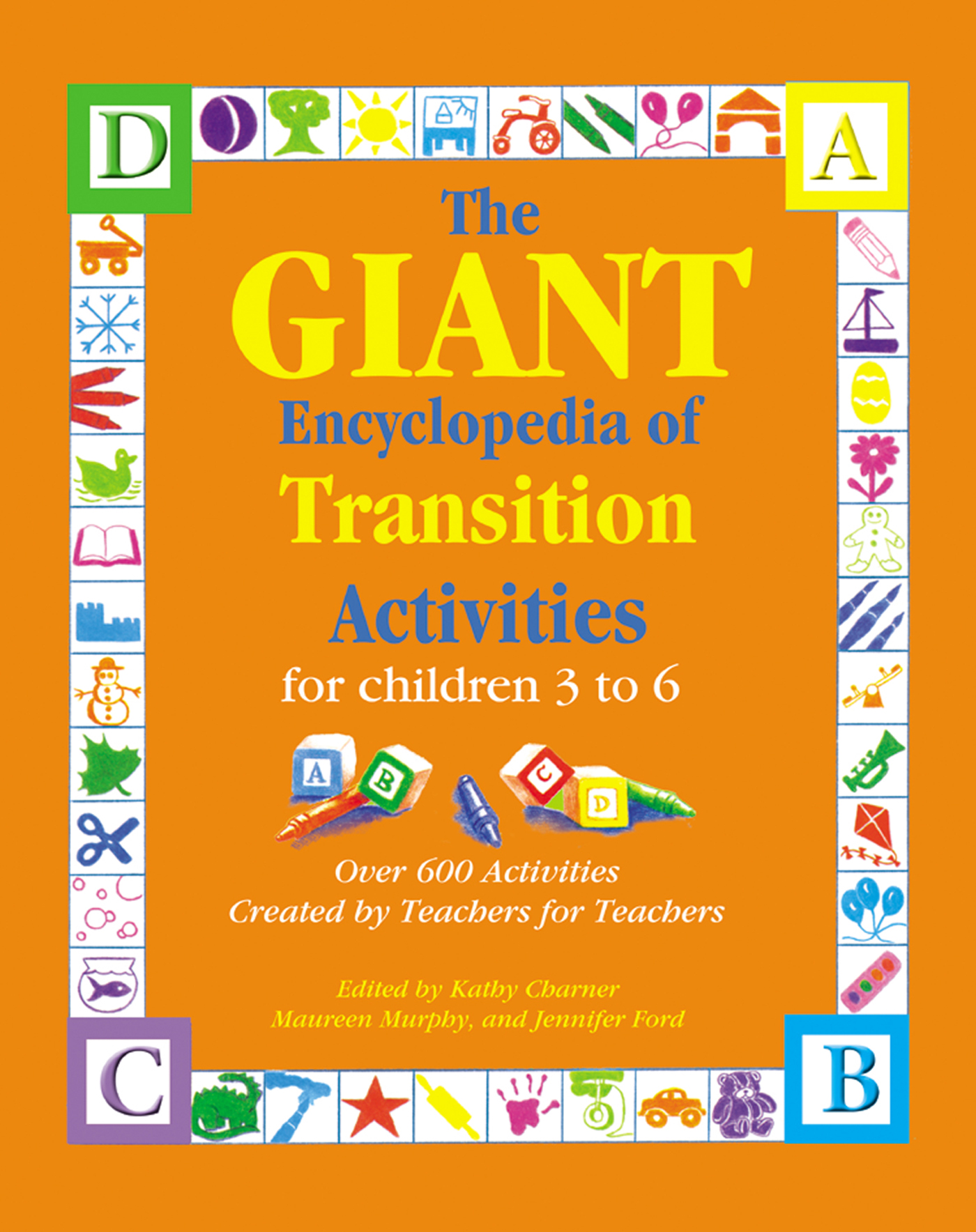Materials
- train pattern
- construction paper
- scissors markers
- pictures of daily activities (use digital camera if available)
- glue
- small stick-on plastic hooks
- one red and one green circle shape
- yarn
What to do
1. Cut out an engine shape and write the name of your classroom on it.
2. Cut out enough train car shapes to correspond with each activity of the day. Make each car a different color. On each car write one daily activity and its time slot, for example, 10:30-10:45 circle time, and then glue the corresponding picture on to the car. Make the caboose the departure car.
3. Under each picture adhere one small plastic hook, and hang at children's level on a wall that is easily accessible.
4. Punch a hole in each red and green circle shape. Attach a loop of yarn to each circle.
Note: Laminate the train cars and circle for durability.
5. Throughout the day, hang the green and red circles to indicate which activity is ending or over with the red circle and which is current with the green.
6. If desired, let different children be in charge of changing the colored circles from activity to activity. A yellow circle can also be used to provide a warning time of the change of activities.
More to do
- Create additional cars for special activities that can be added or removed throughout the year. Two trains can be created to distinguish the morning classroom from the afternoon. Instead of writing the time, draw a clock face to correspond with the time slots. Use other shapes, such as a caterpillar or a roller coaster to depict the schedule. Or, if wall space is an issue, use a flip chart.
-Lauri Robinson, Big Lake, MN
Instructions
1. This is a great way to help children learn to alternate their feet on steps.
2. Cut out footprints from construction paper. Put one footprint on each step,
where children's feet will go. Cover the footprints with contact paper.
Note: You may want to continue the footprints past the steps for fun or to
support the moving in a line concept. This also helps children stay in a line
while walking on the steps.
3. If there is a waiting area, you might choose to put right and left footprints in
pairs to mark where the children should stand. Allow ample space between
these waiting feet.
